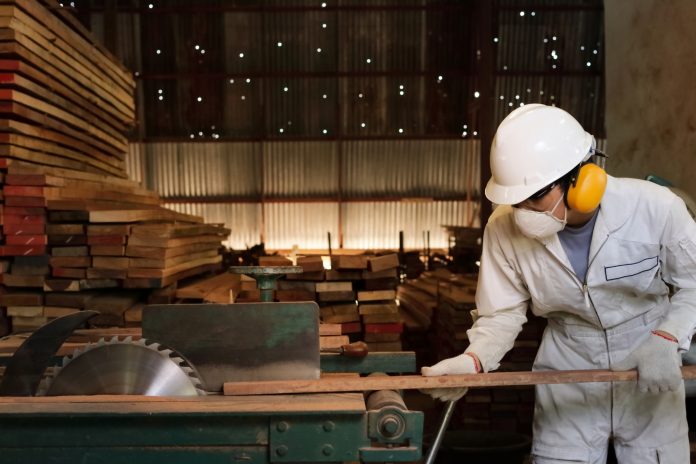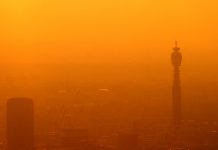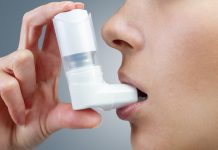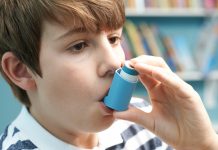Paul Riddick, Co-Founder and Technical Director at Vodex explores how contaminates being produced on a daily basis in the workplace can damage your health and could even prove fatal
Dust and fumes are a problem with which we are all familiar in our homes, but it can be a much more serious problem in the workplace. The UK Health and Safety Executive (HSE) has already estimated that there are still 1500 new cases of work-related asthma per year.
Employers have a legal responsibility to protect their employees and the surrounding environment from airborne contaminants, but they also have a social responsibility to look after the health and wellbeing of their employees.
Repeated exposure to vapours, fumes and dust is a health hazard. Although vapours are invisible, and many dust particles can be very small (Less than 5 microns) and also invisible to the naked eye, this doesn’t mean the dangers for operators don’t exist.
Broadly speaking, dust can be classified into two types: inhalable and respirable dust. Inhalable dust is generally visible to the naked eye under normal light conditions, but it is small enough to get into a person’s nose, throat, and mouth.
Respirable dust particles are generally more hazardous, as they are too small for most people to be able to see with the naked eye, so they may be unaware that there is any dust in the environment. These particles are small enough to get right into the smaller tubules of the lungs and can cause physical blockage or irritation. It can extremely dangerous if the material is toxic or even carcinogenic, as the lungs may be able to absorb it quickly into the bloodstream.
Some exposure symptoms can be immediate, such as runny eyes and nose, sore throat and chest pains. Left unchecked, they could lead to Occupational Asthma. This can be a serious condition leading to severe chronic asthma if exposure to a respiratory sensitiser continues. It can take weeks, months or even years to develop, depending on the person and the substance.
How can you protect yourself from hazardous fumes and dust at work?
Under COSHH Regulations, an employer has a legal responsibility in the UK to carrying out a risk assessment that will highlight any problem areas.
The first step to controlling exposure to fumes and dust is to normally examine how they are created in the first place. There may be ways to reduce the volume of fumes or dust that is made or to ensure that less of it becomes airborne. In addition, you can reduce the hazard level if you are able to switch materials to an alternative that is less toxic, or to one that does not create as much vapour or dust.
One of the most common ways in which you can control fumes and dust is to extract it from the environment using a Local Exhaust Ventilation system (LEV) which uses filters or a duct to atmosphere system – depending upon the type and level of fume problem.
Removing fumes and dusts from the environment
The vast majority of LEV systems are ‘recirc’ or recirculation extractors. Recirculation extractors are devices that pass air through a filter to trap the fumes and dust and pass the clean air back into the local environment near the source. These extractors can be portable, with the advantage that they can be moved to the area where there is the greatest need for fume and dust removal.
The other main type of extraction system is known as a ‘vented to atmosphere’ system, but these are mainly targeted at fume extraction rather than dusts unless a degree of filtration is present first. These are more traditional and involve a combination of ductwork, extraction hoods, and filters connected to a fan in the wall or roof and an exhaust that releases air outside the building or to an area away from the initial source. These systems are predominantly utilized for hazardous fumes but can also extract small volumes of fine dusts when necessary.
Particulates (Dusts and Smoke) can be filtered in a variety of ways and there are many grades of a particulate filter. The most effective type and probably the most widely known is a High-Efficiency Particulate Arrestor (HEPA). These filters are very fine and often remove higher than 99.99% of particles down to 0.3 microns. Other types of particle filters include F grade or EU (Eurovent) grade filters, dust bag filters, course dust filters, M Class filters, and inline dust filters.
Vapours or odours will pass right through a particle filter (even HEPA filters), so carbon filters are often used to adsorb these vapours. Not all carbons are suitable for every type of vapour however so the type of fume has to be matched to the right type of carbon.
Activated carbon is the universal adsorbent and will filter “some of almost any vapour”. Gases that are removed by activated carbon filter systems include:
- Organic Compounds: Acids, Alcohols, Aldehydes
- Chlorinated Hydrocarbons: Esters, Ethers, Ketones, Mercaptans, Amines
- Inorganic Compounds: Halogen Acids, Halogens, Sulphuric Acid, Sulphur Dioxide, Phosgene
- Odours: Human, Animals, Food, Waste Processes, Cooking
Special carbon additives can be mixed with activated carbon to make it more effective at removing certain types of chemicals.
Editor's Recommended Articles
-
Must Read >> Air pollution: A major environmental risk to health
-
Must Read >> Developing innovative therapies to treat asthma






























This article was really helpful in explaining that dust and smoke can be filtered in a variety of ways and through different grades of particulate filter, with the HEPA being the most effective. In my opinion, having an expert remove the dusts and smoke would be really helpful because they will be familiar with the different grades and easily be able to select one best suited for your situation. I will have to find an expert fume and dust extractor.